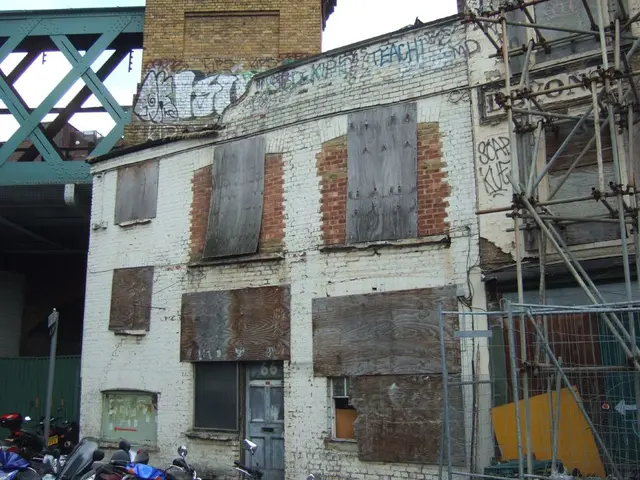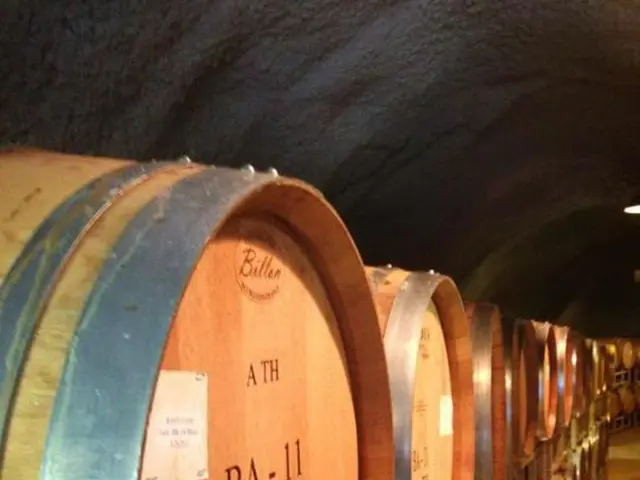Subsidies granted to Chinese steel manufacturers deemed detrimental to fair market competition by OECD.
Global Steel Market Faces Distortion Due to High Chinese Subsidies, OECD Warns
The Organisation for Economic Co-operation and Development (OECD) has raised concerns about distortions in the global steel market stemming from excessive subsidies given to Chinese producers. These subsidies, on average, amount to five times more state support as a percentage of revenue compared to companies in other countries, the OECD reported.
This surfeit of state assistance makes international competition skewed, as manufacturers not benefiting from subsidies struggle to compete on equal terms. China, the world's foremost steel producer, has seen its steel demand decline due to the crisis in the real estate sector, pushing companies to look for overseas markets.
Over the past two years, Chinese steel exports have more than doubled, peaking at a record 118 million tonnes in 2024, while imports dropped by nearly 80% to 8.7 million tonnes. This trend has created difficulties for other nations, with their own exports decreasing and imports increasing, particularly in the European Union (up nearly 13%) and North America (up 40%).
The OECD has pointed out that the increased trade friction resulting from these trends has led to a surge in anti-dumping investigations, with 19 governments initiating 81 such inquiries into steel products last year, five times more than in 2023. More than a third of these cases involved China. In March, US President Donald Trump imposed tariffs of 25% on steel and aluminum imports into the US.
In response, the OECD suggested that for a sustainable recovery of the global steel industry, addressing global over-capacities and their consequences is of utmost importance. Achieving fair competition conditions in the global steel market necessitates global cooperation.
An analysis highlights that China's high subsidies lead to overcapacity and result in a global capacity glut, which is projected to reach 721 million metric tonnes by 2027. This oversupply has put pressure on steel prices, driving them to four-year lows. It also hinders decarbonization efforts by discouraging investments in low-carbon technologies, with approximately 40% of new capacity additions anticipated to rely on emission-intensive processes between 2025 and 2027.
To resolve these issues, the OECD recommends addressing subsidies, promoting decarbonization investments, fostering market-driven decisions, and encouraging industry modernization and efficiency through best practices in production and waste management. With thesePolicy reforms and market adjustments, the steel industry can aim towards a more sustainable and competitive future.
- The excessive subsidies in China's employment policy, particularly in the steel industry, are contributing to the distortions in the global steel market as highlighted by the Organisation for Economic Co-operation and Development (OECD).
- To achieve fair competition conditions in the global steel market and foster a more sustainable industry, the OECD suggests implementing employment policy reforms that address subsidies, promote decarbonization investments, and encourage industry modernization and efficiency through best practices in production and waste management.







